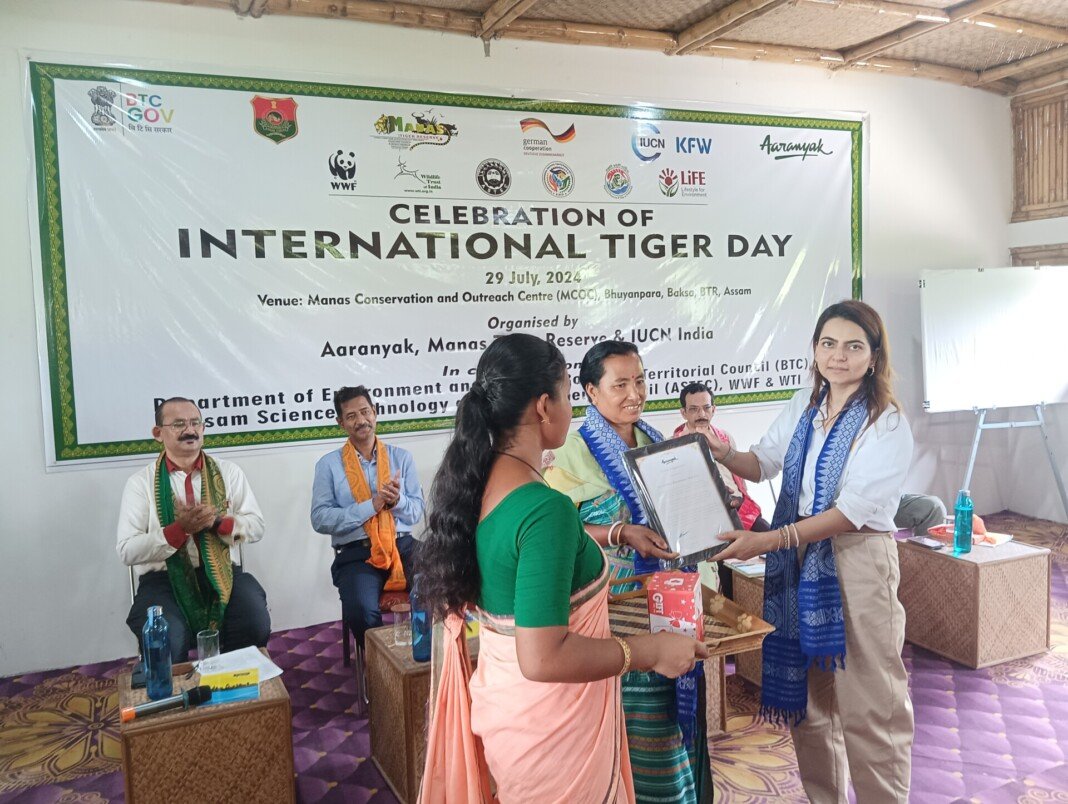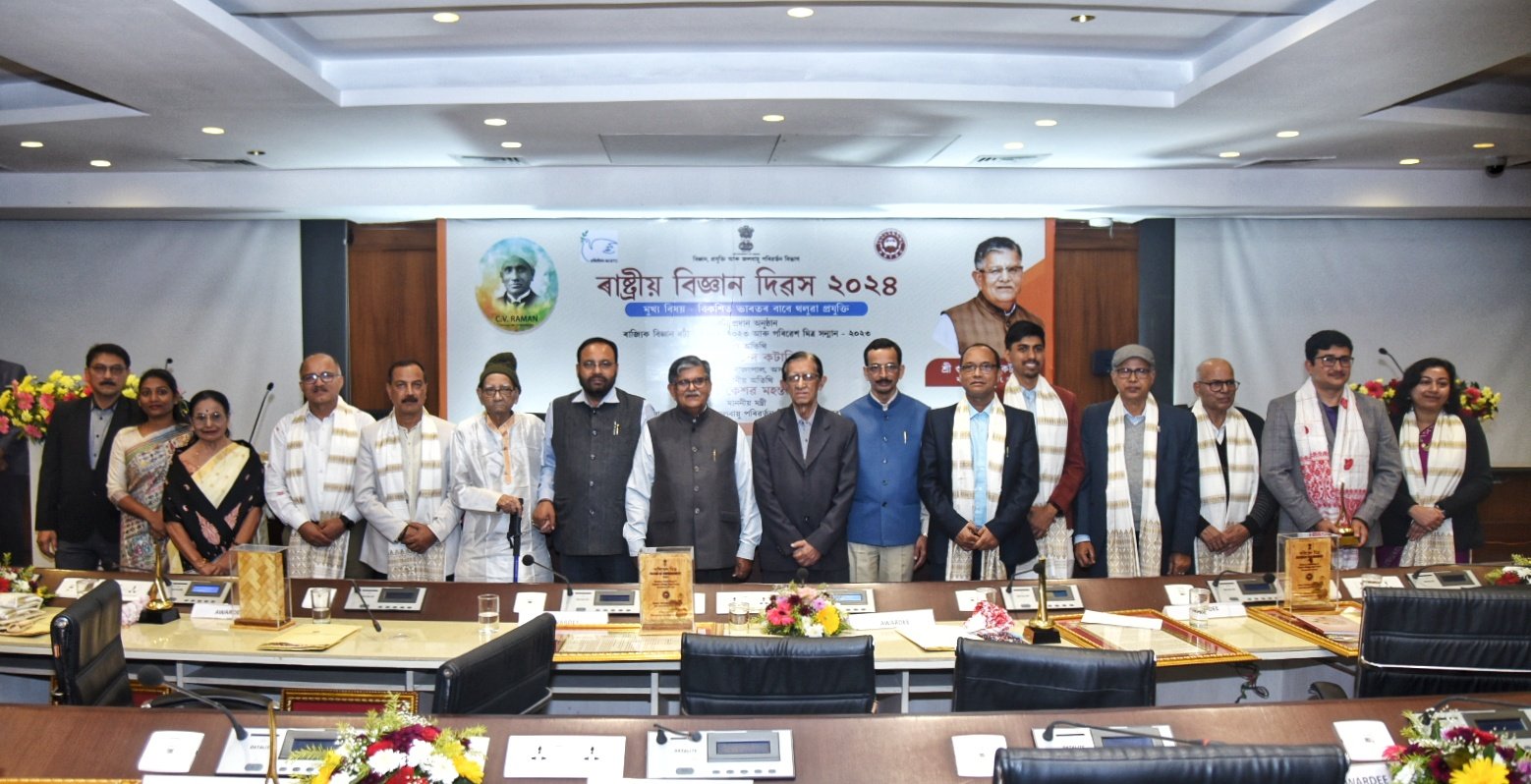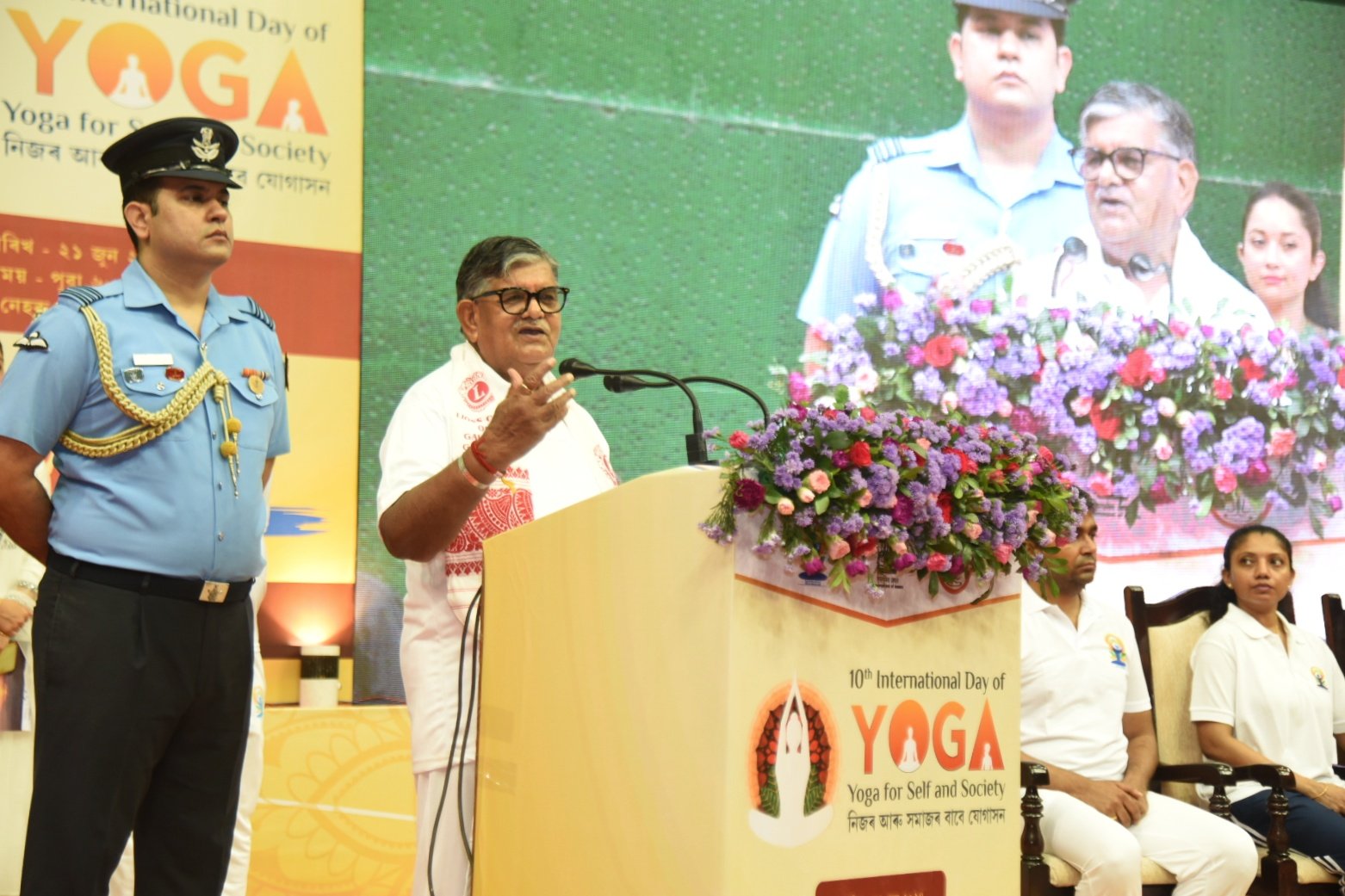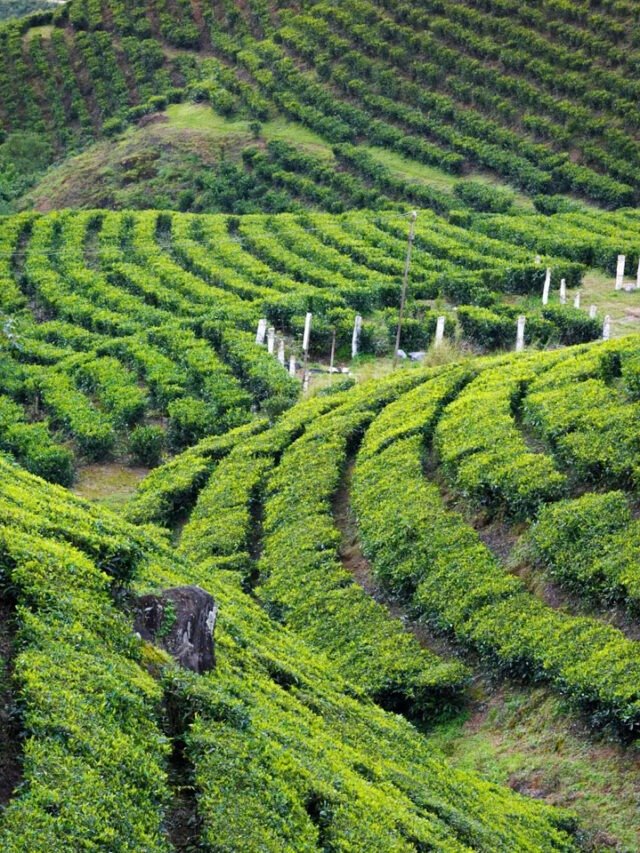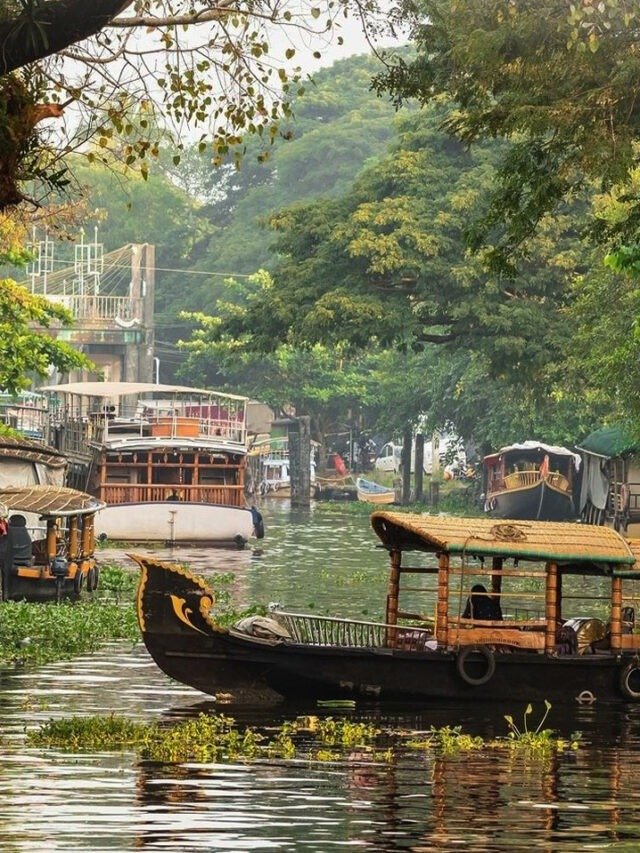HT Bureau
GUWAHATI, July 30: International Tiger Day was celebrated on a grand scale on Monday at Bhuyanpara near Manas National Park and Tiger Reserve in Assam’s Bodoland Territorial Region (BTR), upholding the communities living on the fringes of Manas Tiger Reserve for setting an example of coexistence, thereby aiding the conservation of tigers and their habitat.
The event was initiated by the Tiger Research and Conservation Division (TRCD) of Aaranyak, Manas Tiger Reserve, and IUCN India, in collaboration with the Government of Environment and Forests – Bodoland Territorial Council (BTC), Assam Science Technology and Environment Council (ASTEC), World Wide Fund for Nature-India (WWF), and Wildlife Trust of India (WTI).
Over 350 individuals, including members from the indigenous Bodo community living in fringe villages of Manas National Park, forest personnel, NGO personnel, conservation leaders, nature enthusiasts, SSB, and Assam Police personnel attended the celebration organised at the Manas Conservation and Outreach Centre (MCOC) of Aaranyak at Bhuyanpara.
The celebration was marked by a series of dynamic activities related to tiger, habitat, and forest conservation while not losing sight of the community perspective of the conservation efforts as well.
The event kicked off with the inauguration of an exhibition where products produced by members of indigenous communities and through conservation initiatives developed by Aaranyak were displayed.
Noted conservation scientist Dr Bibhab Kumar Talukdar, secretary general and CEO of Aaranyak, welcomed the gathering and expressed his gratitude towards the event’s organising partners for their support, while emphasising the importance of a collaborative approach for tiger conservation and recovery in Manas as a whole.
Dr Bibhuti Prasad Lahkar, senior scientist, and Dr Dipankar Lahkar, senior conservation biologist of Aaranyak, then made a comprehensive presentation on the recovery of tigers in Manas. They talked about the roles of local communities, non-governmental organisations, and the Forest Department, specifically the Indo-Bhutan Transboundary Manas Conservation Area (TraMCA) effort that supports the recovery of Manas and its tiger population.
The event was graced by Anindya Swargiary, PCCF (retired); Suman Mohapatra, IFS, CHD Forests, BTC; Dr Jaideep Baruah, director of ASTEC; and Meenal Pahuja, senior project associate, IUCN India, as guest speakers.
Tenzin Wangchuk, chief environment officer, Department of Environment and Climate Change, Ministry of Energy and Natural Resources, who could not be present at the program, sent a video message for the participants of the program, wherein he applauded the initiatives of every stakeholder that has contributed to the conservation of the TraMCA landscape as indicated by the recovery of the tiger population.
During the event, Anindya Swargiary and Tenzin Wangchuk were honoured for their proactive leadership in establishing the TraMCA Initiative.
Former forest officials of Assam, Hiranya Kumar Sarma and Dharanidhar Boro; Chandrakanta Basumatary, teacher of Kamardisa High School and advisor MMES, Kokilabari; Chandra Kanta Basumatary, former president of Manas Maozigendri Ecotourism Society (MMES) and former brand ambassador, Forest & Environment Department, Assam (2018-2019), were also felicitated for their benevolent, exemplary, and continuous contributions to the recovery of Manas National Park.
The eminent dignitaries were felicitated with a citation, xorai (an exquisite bell metal product considered a symbol of Assamese culture), an aronai (a small Boro traditional scarf and a symbol of love and respect), japi (traditional conical hat of Assam), Karbi ethnic shawls and scarfs, a book on tigers, and a coffee mug.
Addressing the event, Mohapatra underlined the importance of raising awareness among the coming generations about the importance of preserving Manas and other natural habitats for wildlife.
Dr Jaideep Baruah mentioned the scenario of how the tiger population in India once decreased and the planned conservation efforts that have helped in sustaining and increasing the population of tigers. Dr Baruah, while mentioning the superstitions attached to the usage of the body parts of wildlife, urged everyone to act against wildlife crime.
During her speech, Pahuja mentioned the landmark tiger conservation initiative – Integrated Tiger Habitat Conservation Programme currently ongoing in tiger-bearing countries around the world, including India. She said communities living on the fringes of Manas Tiger Reserve are setting a great example of coexistence, which has immensely aided in tiger and habitat conservation.
Felicitations were also conferred on indigenous and local community members from various fringe villages of Manas Tiger Reserve who have set laudable examples by adopting alternative sustainable livelihoods, thereby contributing in an exemplary way to reducing dependency on the forest.
Thirteen individuals and SHGs were felicitated with a citation, an aronai, and a coffee mug. At the end of the event, certificates were distributed to the children who took part in the painting competitions organised on the occasion of Global Tiger Day.


